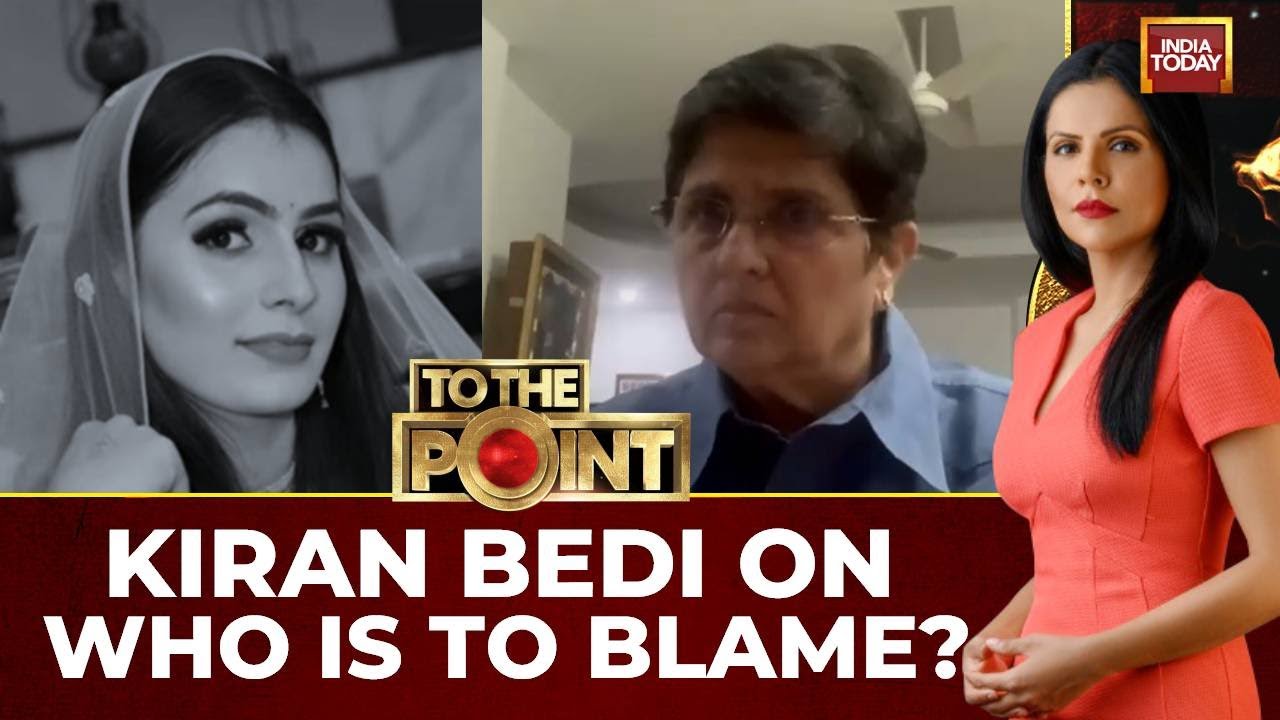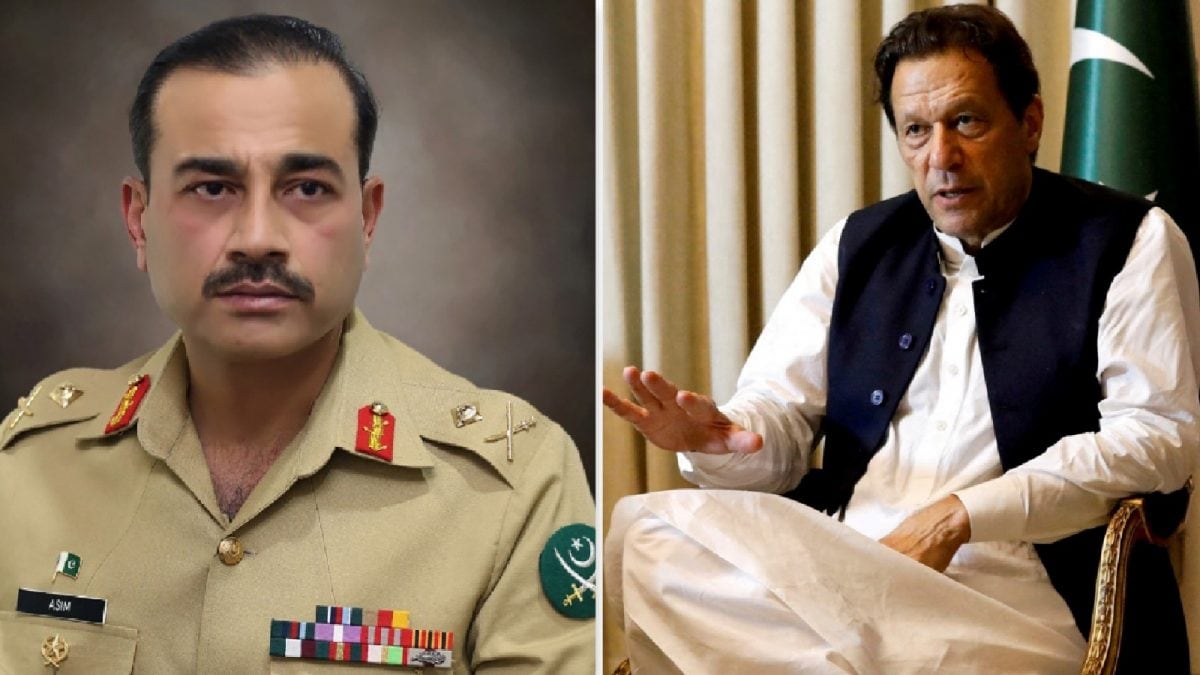ARTICLE AD BOX
Last Updated:August 19, 2025, 09:10 IST
Zelenskyy gained respect and visibility, but Trump’s shifting stance and Moscow’s silence raise doubts about how close peace, or a deal, really is

Ukrainian President Trump reiterated his belief that he is best positioned to resolve the war (Image: Mandel NGAN/AFP)
When Ukrainian President Volodymyr Zelenskyy arrived at the White House on Monday, it was not just another diplomatic visit. The moment carried heavy symbolism. Six months earlier, his trip had ended in humiliation when US President Donald Trump and Vice President JD Vance berated him in front of cameras for being “ungrateful" for US support. This time, the tone was different. Zelenskyy wore a black suit instead of fatigues, greeted Trump with light banter about their outfits, and received a warmer welcome.
The change of atmosphere mattered because this meeting came just two days after Trump’s summit with Russian President Vladimir Putin in Alaska. That encounter had ended without a ceasefire or concessions but left the impression that Washington was leaning closer to Moscow’s framing of the war.
The Washington summit was billed as a chance to reset. But by the end of the day, it became something bigger. In a major announcement, Trump revealed he had already phoned Putin after the White House meetings and “began the arrangements for a meeting between President Putin and President Zelenskyy," adding: “After that meeting takes place, we will have a Trilat… the two Presidents, plus myself."
Posting on Truth Social, he called it “a very good, early step" in a war nearing four years. He did not specify a date or location in the post. Axios reported that Trump wants the Putin–Zelenskyy bilateral by the end of August, and German Chancellor Friedrich Merz told reporters it would likely take place within two weeks. Zelenskyy later signalled he was ready for a trilateral with Trump and Putin “to negotiate an end to the war."
What Happened In Washington?
The meeting began as a bilateral between Trump and Zelenskyy but quickly expanded into an extraordinary gathering of European leaders. In attendance were NATO Secretary-General Mark Rutte, European Commission President Ursula von der Leyen, French President Emmanuel Macron, German Chancellor Friedrich Merz, UK Prime Minister Keir Starmer, Italian Prime Minister Giorgia Meloni and Finnish President Alexander Stubb.
Together, they pressed for two central points: binding security guarantees for Ukraine and a ceasefire to stop the fighting. Trump said he was willing to support “very good protection, very good security" for Ukraine, but emphasised that Europe would carry most of the responsibility. According to ABC News, he also confirmed that Putin had told him Russia would accept the principle of security guarantees, though Trump kept the details deliberately vague.
The optics were powerful: a Ukrainian president flanked by Europe’s top leaders, the US president casting himself as mediator, and the promise of talks to come. But beneath the smiles, sharp differences remained.
Why Was There No Ceasefire?
One of the clearest points of contention was whether the war should be paused before peace talks begin. Trump had previously insisted on a ceasefire, warning Russia of consequences if it refused. But after his Alaska meeting with Putin, he abruptly shifted. “I don’t think you need a ceasefire," he said on Monday, adding that in his experience “six deals" in other conflicts had been struck without one.
European leaders strongly disagreed. Germany’s Merz argued that without a ceasefire, any talks would lack credibility. Macron said it was “a necessity" to halt the bombing before moving into discussions on territory or guarantees. They worried that allowing Russia to continue its assaults while dangling diplomacy would hand the Kremlin leverage and weaken Ukraine’s bargaining position.
Zelenskyy avoided a public clash, preferring to let his allies make the case. But Kyiv has long feared that negotiating under fire would cement Moscow’s advantage. Politico quoted Ukrainian officials privately warning that Trump’s new approach risked giving Putin exactly what he wanted: time to press the offensive while appearing open to talks.
The result was deadlock. Europe demanded a ceasefire, Trump played it down, and Russia rejected it.
What Was Zelenskyy Hoping For?
Zelenskyy’s core demand was simple: cast-iron security guarantees. When asked in the Oval Office what he was seeking from Washington, he replied, “Everything." He wanted a framework strong enough to deter Russia from launching another attack once any deal was signed.
Trump’s answer was more cautious. He promised that the United States would help, but argued that Europe was the “first line of defence" because of geography. Rutte, the NATO chief, hailed Trump’s willingness to even consider guarantees as “a breakthrough." Yet the lack of detail raised questions about whether Ukraine would receive something robust like NATO’s Article 5 pledge — where an attack on one is an attack on all — or a weaker, more symbolic assurance.
According to a Council on Foreign Relations interview with senior fellow Matthias Matthijs, Moscow is comfortable with only vague, written promises that keep NATO troops away from its borders. That model resembles the Budapest Memorandum of 1994, under which Ukraine gave up its nuclear weapons in return for security assurances that failed when Russia annexed Crimea. “Until the specifics are clear, it will be very hard for Ukraine to make concessions," Matthijs warned.
Zelenskyy also sought to ensure that Kyiv would not be railroaded into territorial concessions. Politico reported that Ukrainian officials might be willing to consider freezing the conflict along current front lines, but would reject Putin’s demand to cede additional territory in the Donbas. That red line has not changed, and will hang over any bilateral or trilateral summit.
How Did Trump’s Position Change?
The Washington talks underlined just how far Trump’s stance has shifted in recent days. Before meeting Putin in Alaska, he threatened Russia with severe consequences unless it agreed to a ceasefire. After that summit, he reversed course, suggesting negotiations could begin immediately without one. He also began signalling more openness to supporting Ukraine’s long-term security than he had shown in February, though always stressing Europe’s role.
This flexibility reflects both Trump’s desire to claim the mantle of peacemaker and his transactional style. By keeping details vague, he maximises room to manoeuvre with Putin while still assuring allies he is on their side. As The Guardian noted, much of the meeting saw Trump boasting about his track record in “six wars" and framing himself as the only leader capable of closing the deal, without offering clarity on how.
For Kyiv and Europe, this ambiguity is both reassuring and unsettling. It shows Trump is engaged but also highlights the risk of a settlement that prioritises speed over sustainability.
Why Was Europe So Deeply Involved?
The presence of seven European leaders was no accident. The Guardian described the meeting as resembling an intervention. European capitals wanted to ensure Trump was not swayed into a hasty deal on Putin’s terms.
Each leader had a role. Macron and Merz stressed a ceasefire. Starmer underlined Britain’s readiness to contribute forces if needed. Stubb spoke of “Team Europe and Team United States," signalling unity. Meloni emphasised standing with Ukraine as the side of peace. This was carefully choreographed to show both solidarity with Kyiv and alignment with Washington.
Matthijs told CFR that the Europeans deliberately included figures who know how to influence Trump, from Rutte — seen as a trusted “Trump whisperer" — to Stubb, who has a personal rapport through golf. Their goal was to flatter when possible, push back when necessary, and demonstrate that Europe was not divided.
By the end of the evening, European leaders remained at the White House for dinner discussions. Trump briefed them on his phone call with Putin, which Politico described as “reasonably long." The Europeans left relieved that the meeting had not gone off the rails, but wary that the fundamental gaps remained unresolved.
Could A Trump–Zelenskyy–Putin Summit Work?
Trump’s announcement that he had begun arranging a trilateral raised expectations, but the obstacles remain formidable. Putin has consistently resisted meeting Zelenskyy, questioning his legitimacy as head of state. Matthijs warned that a trilateral could end up with Trump and Putin pressing Zelenskyy to “cut a deal" by ceding territory for vague guarantees. That scenario would be politically untenable in Kyiv and unacceptable in Europe. Without preconditions such as a ceasefire and clear guarantees, the summit could expose Ukraine to pressure rather than deliver progress.
So, Was The Meeting A Success?
By the narrow measure of tone and optics, it was. Compared to February’s disastrous Oval Office clash, Zelenskyy secured respect, European solidarity and a US president willing to discuss guarantees. The images of unity, capped by Trump’s announcement that he wants a bilateral this month and a trilateral to follow, amounted to a diplomatic reset.
But in terms of substance, the hurdles remain the same. There is no ceasefire, no detailed guarantee framework, and no sign Russia is softening its territorial demands. The announcement of a bilateral and trilateral creates a pathway but not yet a peace plan. As Politico noted, Zelenskyy called this “the best meeting" he has had with Trump, but that is more a measure of improved tone than hard progress.
What Comes Next?
If Trump’s timeline holds, the next two weeks will be dominated by efforts to set the location and terms of a Putin–Zelenskyy bilateral. Vice President Vance, Secretary of State Marco Rubio and special envoy Steve Witkoff are now tasked with coordinating with both Moscow and Kyiv.
For Ukraine, the priority will be ensuring that any talks do not lock in Russian bombardment without safeguards. For Europe, the focus will be drafting binding guarantees that go beyond vague promises. For Trump, the political prize is obvious: the chance to claim credit for brokering the first face-to-face between Zelenskyy and Putin since the war began.
As Matthijs told CFR, Europe cannot rely on Trump alone. To make any deal sustainable, it will need to step up with more weapons, more financial support, and possibly even forces to police a settlement. Until then, the war is likely to continue, even as the world waits to see if Trump’s end-of-August deadline produces the meeting he has promised.

Karishma Jain, Chief Sub Editor at News18.com, writes and edits opinion pieces on a variety of subjects, including Indian politics and policy, culture and the arts, technology and social change. Follow her @kar...Read More
Karishma Jain, Chief Sub Editor at News18.com, writes and edits opinion pieces on a variety of subjects, including Indian politics and policy, culture and the arts, technology and social change. Follow her @kar...
Read More
- Location :
- First Published:
August 19, 2025, 09:10 IST
News explainers No Ceasefire Yet, But A Promise Of Talks: Was The Trump–Zelenskyy Meeting A Turning Point?
Disclaimer: Comments reflect users’ views, not News18’s. Please keep discussions respectful and constructive. Abusive, defamatory, or illegal comments will be removed. News18 may disable any comment at its discretion. By posting, you agree to our Terms of Use and Privacy Policy.
Read More



.png)
.png)
.png)
















 1 week ago
9
1 week ago
9








 English (US) ·
English (US) ·